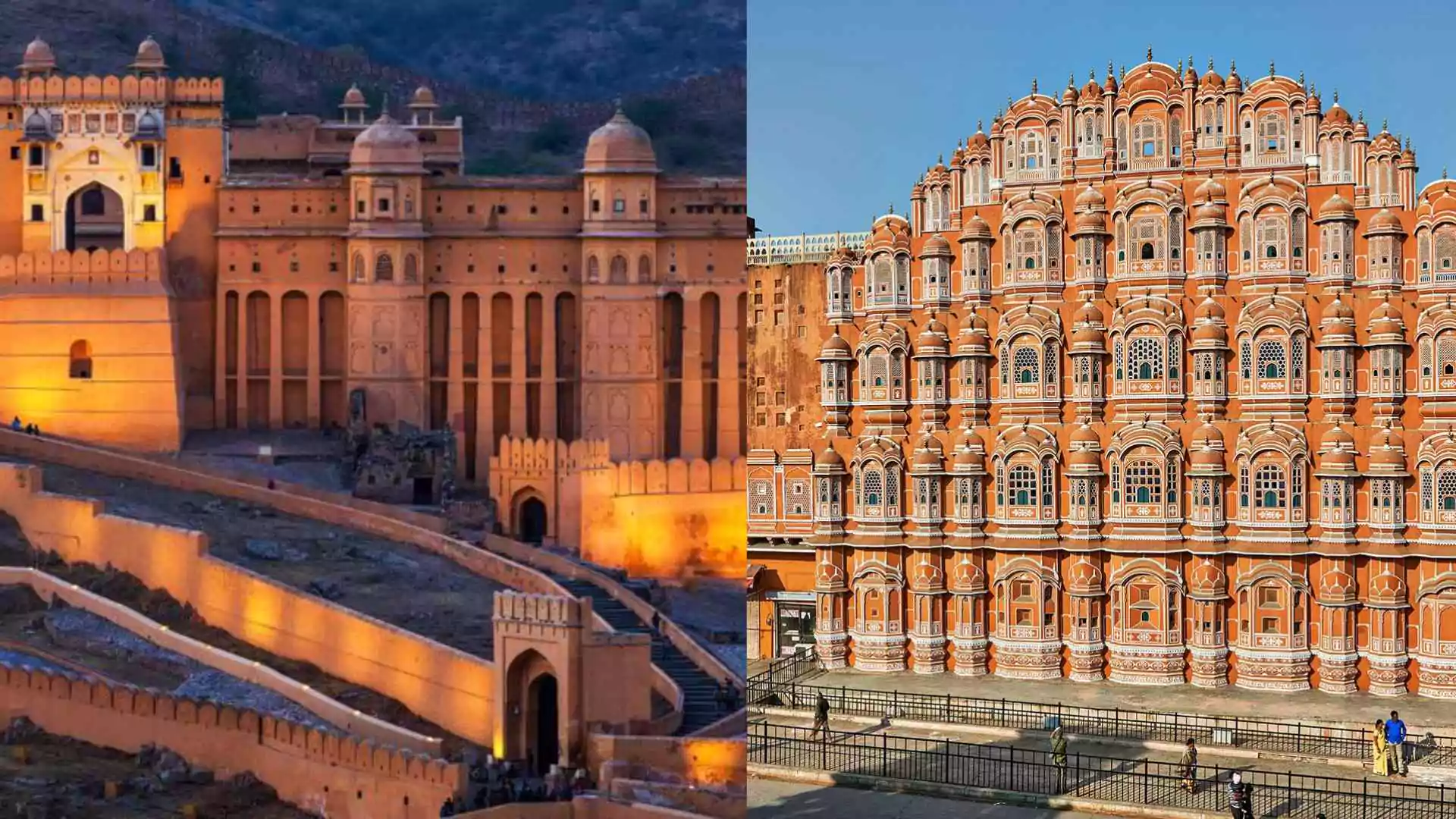In a significant diplomatic move, Indian Prime Minister Narendra Modi is set to arrive in Colombo on Friday night, April 4, 2025, for a two-day official visit aimed at deepening India-Sri Lanka relations. This visit, made at the invitation of Sri Lankan President Anura Kumara Dissanayake, comes at a crucial time for the island nation, following a major political transformation in 2024.
It will also be Prime Minister Modi’s first visit to Sri Lanka since the National People’s Power (NPP), led by the leftist President Dissanayake, took power. With a packed schedule that includes high-level bilateral talks, key agreement signings, and discussions with political leaders across the board, the visit promises both opportunities and sensitive conversations.
First Foreign Leader to Visit Since Political Shift
PM Modi’s arrival makes him the first foreign head of government to visit Sri Lanka since the new government took charge. President Dissanayake’s visit to New Delhi in December 2024—his first state visit abroad after assuming office—laid the foundation for today’s deepening bilateral agenda.
The two countries had then released a joint statement, identifying key areas of cooperation, and now both leaders seem ready to follow through on those promises. On Thursday, ahead of the trip, both Mr. Modi and President Dissanayake took to social media platform X to express optimism about their upcoming discussions and the growing partnership between the two nations.
A Weekend of Key Agreements and Symbolic Moments
The highlight of Mr. Modi’s visit will be the signing of eight major Memorandums of Understanding (MoUs) on Saturday, April 5, 2025. These agreements will cover areas such as energy, digital infrastructure, healthcare, and defence—reflecting the wide scope of cooperation envisioned between the two neighbors.
According to Sri Lanka’s Foreign Minister Vijitha Herath, who spoke to The Hindu earlier this week, these agreements are not just symbolic but are expected to bring practical improvements in both countries.
India’s High Commissioner to Sri Lanka, Santosh Jha, echoed this sentiment, stating that ties between the two countries “have never been better before.” He noted that this visit will serve to advance the “very comprehensive” joint roadmap adopted during President Dissanayake’s trip to India.
Mr. Modi will be accompanied by a high-level Indian delegation, including External Affairs Minister S. Jaishankar, National Security Adviser Ajit Doval, and Foreign Secretary Vikram Misri.
On Saturday morning, Prime Minister Modi will be given a ceremonial guard of honour at Independence Square in Colombo—a deeply symbolic location that marks Sri Lanka’s liberation from British colonial rule. This will be followed by formal discussions and the signing of the MoUs at the Presidential Secretariat.
Engaging the Political Spectrum: Talks with the Opposition
In a noteworthy diplomatic gesture, PM Modi is also expected to meet with opposition politicians, including representatives of the Tamil community, during his visit. These conversations are likely to touch on issues such as political representation, post-war reconciliation, and stalled provincial council elections in the north and east of Sri Lanka.
These meetings highlight India’s interest in engaging with all stakeholders in Sri Lanka and reflect its long-standing commitment to inclusive democratic processes in the region.
Sunday in Anuradhapura and a Visit to Rameswaram
On Sunday, April 6, 2025, Mr. Modi will travel to Anuradhapura, a historically and spiritually significant city in Sri Lanka’s North Central Province. The visit carries cultural importance and is expected to reinforce civilizational and people-to-people ties between the two countries.
Later that same day, PM Modi will fly directly to Rameswaram in Tamil Nadu—home to a large community of fishermen and one of the closest Indian towns to Sri Lanka.
The Fisheries Conflict: A Sensitive and Lingering Issue
One of the thorniest topics likely to come up during this visit is the ongoing fisheries dispute between Sri Lankan Tamil fishermen and Indian fishermen from Tamil Nadu.
The crux of the issue lies in the controversial practice of bottom trawling, used by many Indian fishermen, particularly from Tamil Nadu. This method, while efficient, is heavily criticized for damaging marine ecosystems and reducing fish stocks—something Sri Lankan fishermen and global marine scientists have repeatedly raised alarms about. “Following Ministerial bilateral talks in 2016, on the long persisting dispute, the two sides agreed on ‘expediting the transition towards ending the practice of bottom trawling at the earliest.’”
However, Sri Lankan fishermen claim that little has changed on the ground since that agreement. The issue is particularly pressing now, given Mr. Modi’s scheduled visit to Rameswaram, a region with many fishing vessels accused of using the harmful method.
Tamils Await Clarity on Political Solution
Sri Lanka’s war-affected Tamil community is also watching this visit closely, hoping for renewed dialogue and progress on a long-delayed political solution. There has been ongoing frustration about the delayed provincial council elections in the Tamil-majority areas of the north and east.
A leading Tamil newspaper, Virakesari, summed up this sentiment in an editorial published Friday, “Taking into consideration geopolitical realities, India appears reluctant to take up the Tamil question. It seems that India is in a situation where it must maintain friendly ties with Sri Lanka.”
Still, the editorial emphasized that, “On the question of a political solution, Tamils [of the north and east] believe India’s intervention is necessary.”
Prime Minister Modi’s visit comes at a time when regional dynamics in the Indian Ocean are shifting rapidly. With China’s growing presence in the region, both India and Sri Lanka are keen to assert their cooperation in ways that are mutually beneficial and strategically sound.




















